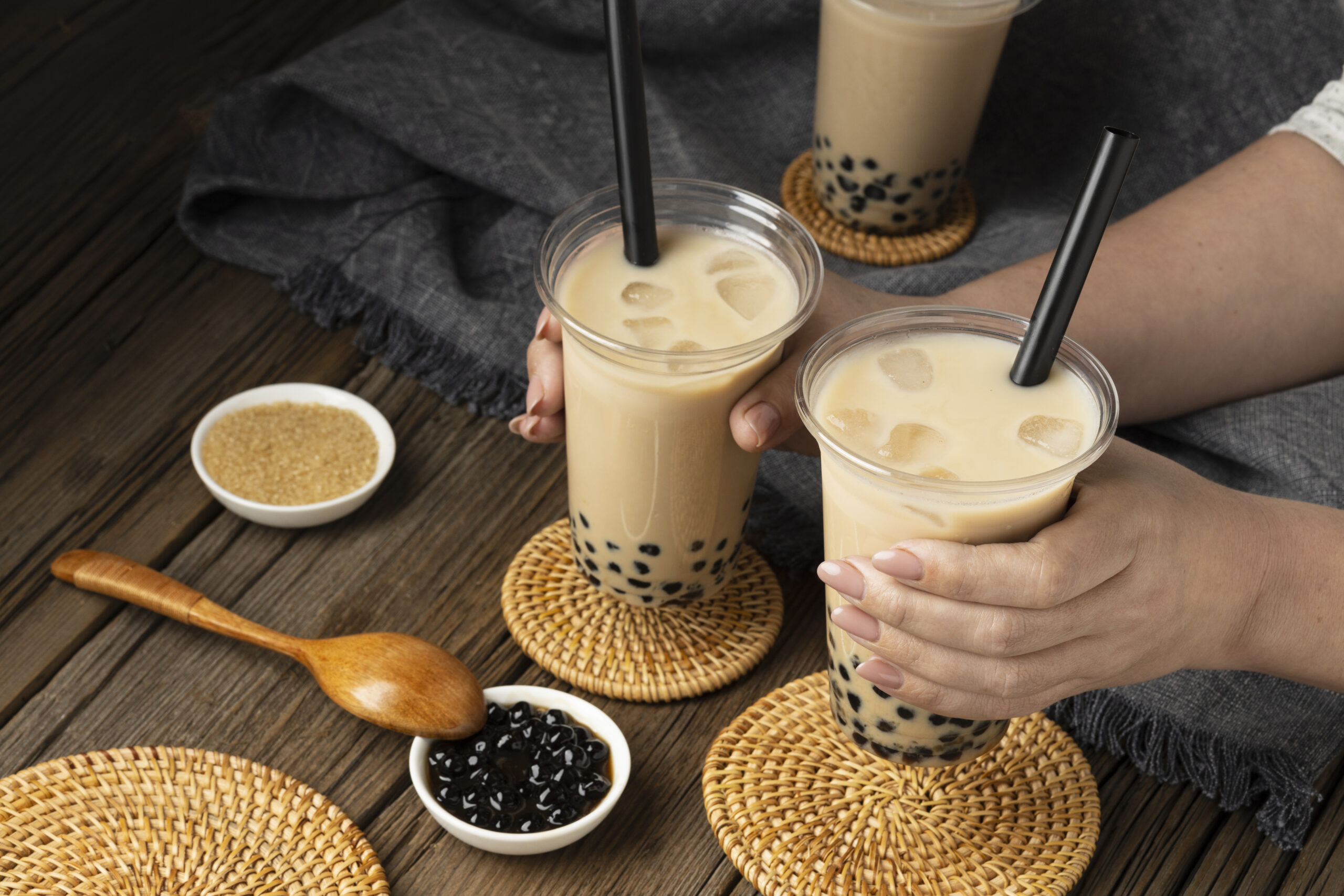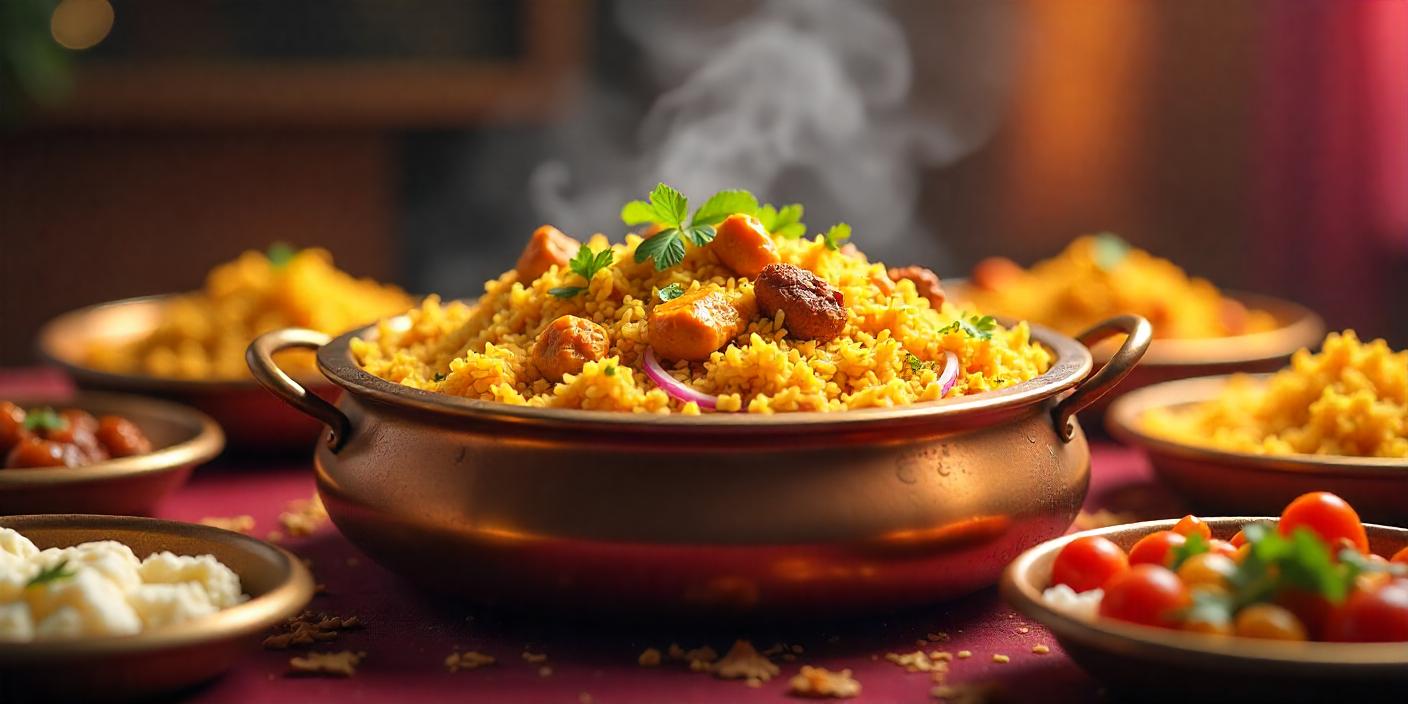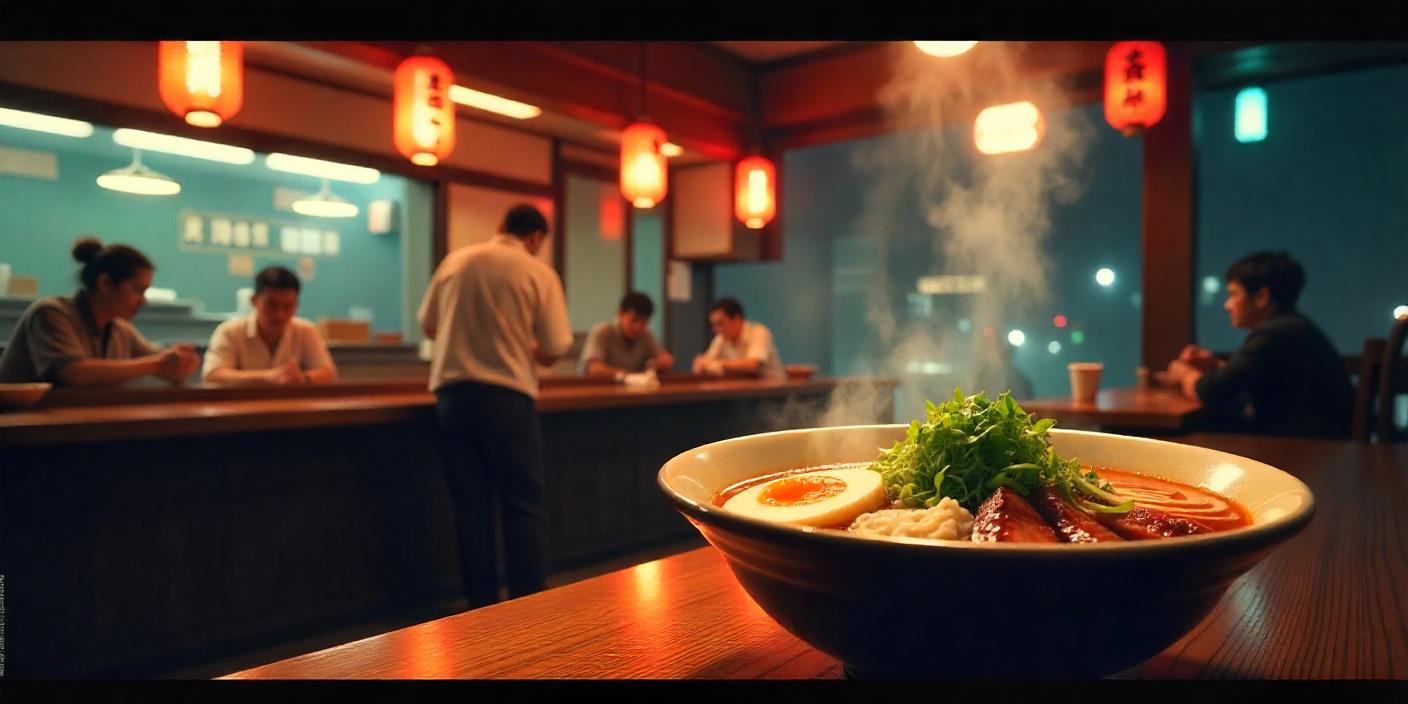Colorful, chewy, sweet, and endlessly customizable — bubble tea, also known as boba tea, is more than just a beverage. It’s a lifestyle, a cultural icon, and one of the most influential drink trends of the 21st century. What started as a niche street drink in Taiwan has grown into a global phenomenon, transcending continents and generations.
In this blog, we’ll dive into the fascinating story of bubble tea — from its humble beginnings to becoming a billion-dollar industry with a passionate fanbase worldwide.
🧋 What is Bubble Tea?
At its core, bubble tea is a tea-based drink that typically contains:
- Milk or fruit flavors
- Chewy tapioca pearls (also known as “boba”)
- Sweeteners and ice
- Wide straw to sip the pearls and tea together
But bubble tea has evolved dramatically over the years. Today, it comes in hundreds of variations — from classic black milk tea with pearls to colorful fruit teas, slushies, cheese teas, and even oat milk matcha with brown sugar pearls.
🌏 The Origin Story: Taiwan, 1980s
Bubble tea was invented in Taiwan in the early 1980s, though two different tea shops claim credit. The most widely accepted story is that Chun Shui Tang, a tea house in Taichung, began experimenting with cold tea drinks. One day, an employee named Lin Hsiu Hui added tapioca balls to iced milk tea during a staff meeting — and the rest is history.
Originally marketed to children and teens, bubble tea quickly caught on with the general public. By the late 1990s, it had become a staple in Taiwanese cafes and street stalls, spreading to neighboring Asian countries soon after.
🍬 Breaking Down the Boba: Key Components
1. Tea Base
Most bubble teas use black tea, green tea, oolong, or even herbal infusions as their base. The tea is brewed fresh and chilled.
2. Milk or Fruit Flavoring
Classic versions use dairy or non-dairy milk, while fruit versions use purées, syrups, or fresh juice.
3. Sweetener
Usually sugar syrup, honey, or condensed milk. Today, shops offer adjustable sweetness levels — from 0% to 120%.
4. Tapioca Pearls
The “bubbles” in bubble tea are chewy black spheres made from tapioca starch (from the cassava root). They’re boiled, soaked in syrup, and added to the drink right before serving.
5. Toppings Galore
Aside from pearls, you’ll find options like:
- Aloe vera jelly
- Grass jelly
- Lychee popping boba (juice-filled)
- Red beans
- Cheese foam
- Whipped cream
🌟 Why Did Bubble Tea Go Viral?
The global rise of bubble tea can be credited to a combination of aesthetic appeal, customizability, and cultural curiosity.
✨ Aesthetic Appeal
Bubble tea is Instagram-ready. With its vibrant layers, colorful cups, and playful pearls, it’s a content creator’s dream.
👅 Unique Texture
The “QQ” chewiness of tapioca pearls adds an element of fun that sets it apart from any other beverage. It’s a drink you chew — making it an experience, not just a thirst-quencher.
🧠 Customization Culture
From tea type and milk choice to sugar and ice levels, bubble tea caters to personal taste. That interactivity makes customers feel part of the creative process.
🌍 Cultural Globalization
As East Asian pop culture spread via K-dramas, anime, and TikTok, so did Asian food trends. Bubble tea became a gateway drink into broader Asian cuisine.
📈 The Global Boba Boom
In the last decade, bubble tea has gone from cult status to mainstream:
- United States: Cities like New York, Los Angeles, and San Francisco are home to hundreds of boba shops.
- Europe: Germany, the UK, and France have seen a surge in Asian beverage chains and homegrown bubble tea brands.
- Southeast Asia: In places like Malaysia, Thailand, and the Philippines, bubble tea is deeply woven into youth culture.
- India: New urban markets are embracing bubble tea cafés, often fusing boba with local flavors like masala chai.
In 2024, the global bubble tea market was valued at over $4 billion, with expectations to reach $6 billion+ by 2030.
🧠 Health and Controversies
Despite its fun factor, bubble tea has faced criticism over its sugar content and caloric value — some versions can exceed 500 calories per cup.
To address health concerns:
- Many shops now offer low-sugar or zero-sugar options.
- Alternatives like chia seeds, agar jelly, and fruit pulp are replacing high-calorie toppings.
- Organic teas and plant-based milk are gaining popularity among health-conscious consumers.
🔮 Modern Innovations and Trends
The boba world is constantly evolving. Some recent trends include:
- 🧀 Cheese Tea: A salty-sweet foam made from whipped cheese and cream
- 🌱 Vegan/Plant-Based Milk Options: Oat, almond, and soy milk replacing dairy
- 🍮 Brown Sugar Boba: Syrup-soaked pearls with a caramel flavor, popularized by Tiger Sugar and Xing Fu Tang
- 📦 DIY Boba Kits: Letting fans make bubble tea at home
- 🧊 Crystal Boba and Color-Changing Tea: Trending on TikTok for their aesthetic flair
❤️ More Than a Drink: A Community Experience
For many, bubble tea isn’t just a treat — it’s a social ritual.
Friends gather in boba shops to hang out, study, or unwind. First dates happen over bubble tea. Entire communities have been built around boba fan culture, from memes to merchandise, stickers to clothing.
In fact, bubble tea has become a cultural identity marker, especially for Asian millennials and Gen Z — a way to celebrate heritage and share it proudly with the world.
📜 Final Sip: Why Bubble Tea Endures
In a world full of fast food fads and viral drinks, bubble tea has stood the test of time by being:
- Visually exciting
- Culturally rich
- Texturally unique
- Infinitely customizable
It’s a drink that’s fun, flavorful, and full of surprises — much like the diverse cultures that gave rise to it. As long as people crave something sweet, sippable, and social, bubble tea will continue to dominate menus and hearts across the globe.


